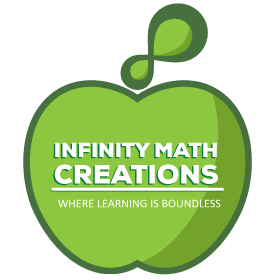According to the National Home Education Research Institute (NHERI), families engaging in parent-taught home-based education are becoming more prevalent among US households. There are many reasons that influence families to opt for homeschool math curriculum, but the biggest reason is that most parents like the idea of having a customized education centered on their child.
The NHERI also asserts that homeschooled children perform better academically than traditionally schooled children; hence, more parents are inclined to homeschool their children.
Despite the benefits, homeschooling can bring a host of challenges, including finding the right curriculum. Choosing the right homeschool math curriculum is one of the first challenges parents face, considering many parents aren’t proficient in the subject.
In this article, we provide a guide for parents new to homeschooling. It will give you tips on how to pick the right homeschool math curriculum for your children.
Factors to Look Out for When Searching Homeschool Math Curriculum
The aim of homeschooling is to make your child proficient in learning and critical thinking. This objective curtails traditional schooling, which focuses on preparing students to pass exams and tests. With this goal in your mind, you have to consider a number of factors when searching for the right curriculum.
Teaching Methodology
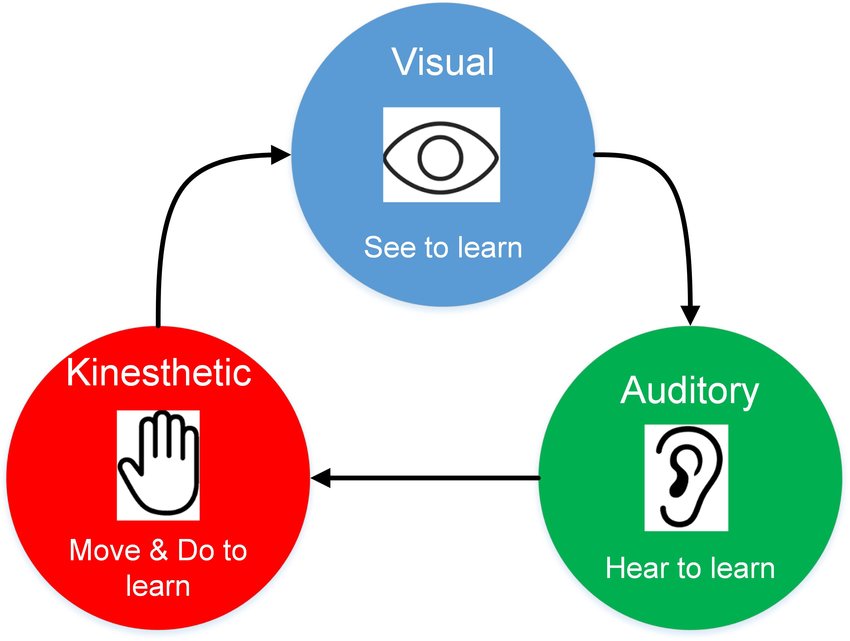
All homeschool parents must understand that children are different when it comes to how they think and perceive the world. This variation in how they grasp information impacts how they learn.
Children are either one or a mix of auditory, visual and kinesthetic learning. Hence, you should tailor a teaching methodology that caters to your child’s learning style.
You’ll find many teaching methods out there, but a good math curriculum needs to incorporate a combination of them to account for children’s thought processes.
At certain ages, children may find it easier to understand math if they do it in a step-by-step manner, while the underlying concept behind it is secondary. But, as their brain develops with age, it becomes more important to explain why math works the way it does.
Teaching Approach
Learning math requires patience as many concepts are repeated when new topics are taught. Students may find it frustrating to hold onto every piece of mathematical knowledge while they progress from basic to advanced levels. Hence, an approach to how math is taught should be considered when selecting a math curriculum.
The approach your selected curriculum follows may teach mathematical concepts incrementally until a student has gained sufficient mastery in that topic. Alternatively, it may rely on revision and repetitiveness to teach concepts concurrently.
Each approach has its benefits, but the one your curriculum teaches needs to align with:
- the one your student responds to the most
- and how well they are at retaining information.
Other Factors
Once you’ve chalked out a few homeschool math curricula for your child, you need to consider other factors that can influence how it’s taught.
Budget
Since one parent will have to sacrifice their employment to focus on their child or children’s education, you might need to take finances into account when selecting a curriculum. The curriculum may require you to purchase supplemental materials that can greatly increase your expenses.
Schedule
You’ll be teaching the curriculum, so it requires that you understand the learning outcomes of the syllabus and the preparation that comes with it. This can become highly intensive and can become challenging when you’re trying to manage the house.
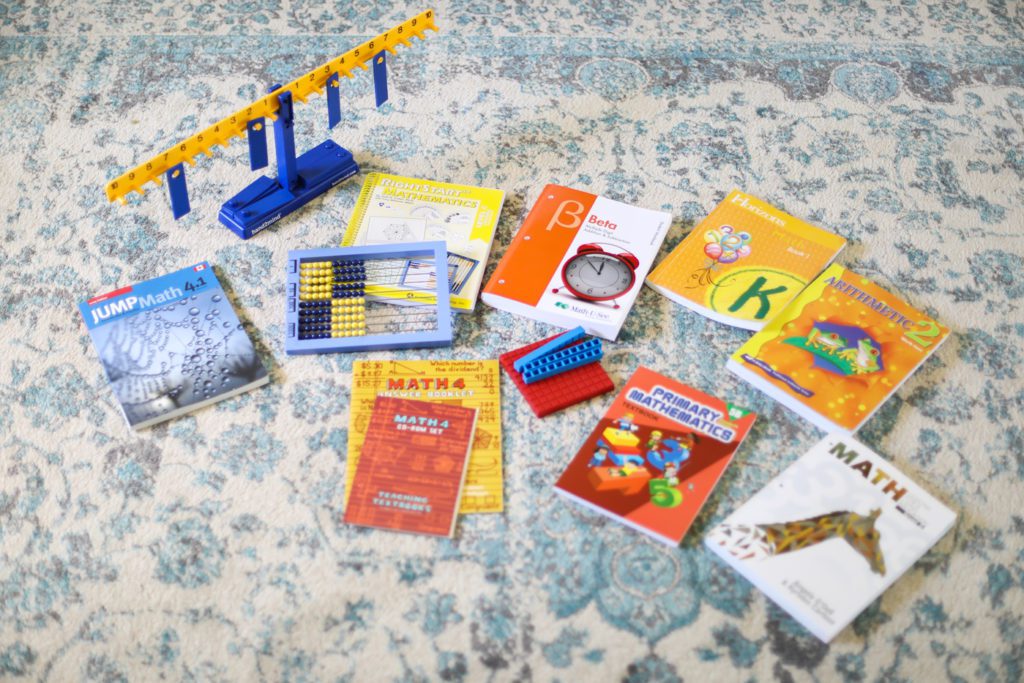
Popular Homeschool Math Curricula
I would say the easiest way to go about searching for a homeschool math curriculum is by looking at what the homeschooling community is already teaching their children. Adding to this, it may help to look up homeschooling forums online or within your community that regularly hold discussions on such topics.
We’ve compiled a list of popular curricula that most parents like to use. The list compare their features so you can have a better idea of how what suits your needs.
Abeka
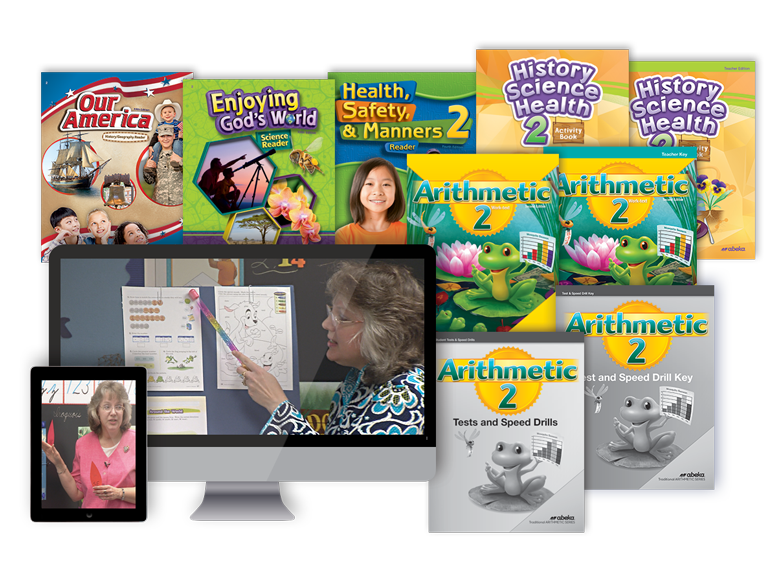
Pros
- A single textbook for each grade, making it inexpensive as it doesn’t require additional purchases.
- Great for teachers who like to teach via the traditional approach of drills and tests.
- Great for students who’re already proficient in math and like the traditional approach.
- Incorporates tests and drills inside.
- Strong math curriculum at younger levels.
Cons
- A more traditional approach means that it may not be suitable for children who like a hands-on approach. You can use supplementary material from teacher pay teachers. They have a great selection of teaching material that complements homeschool math curricula.
- For young children, this can be overwhelming.
- Parental participation is required, especially when children are younger.
Primary Mathematics
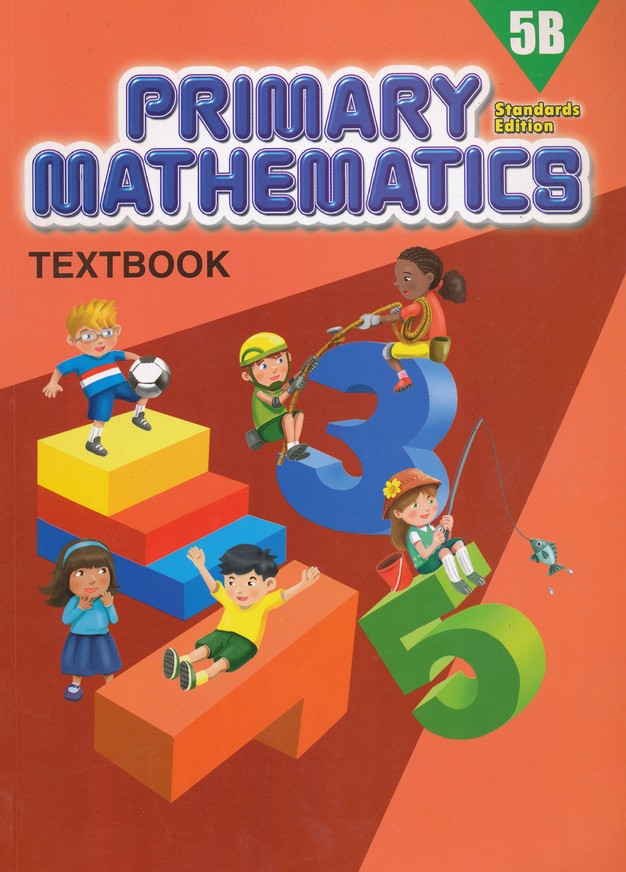
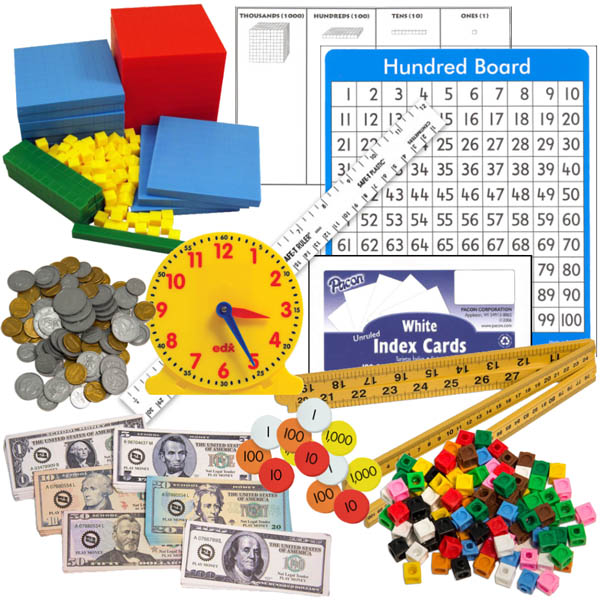
Pros
- Textbooks use examples and illustrations to clearly explain concepts.
- Brings strong teaching methodologies from Singapore that more effectively reflect the traditional approach.
- It’s ideal for children who excel at math and learn independently.
- Workbooks are designed with a simple layout and exercises to eliminate distractions.
Cons
- Because each grade requires four textbooks, it is costly.
- Has high student expectations, therefore it may not be appropriate for struggling kids.
- It’s not as enjoyable, inspiring, or thrilling, and it necessitates more teacher participation in the early years.
Horizons math
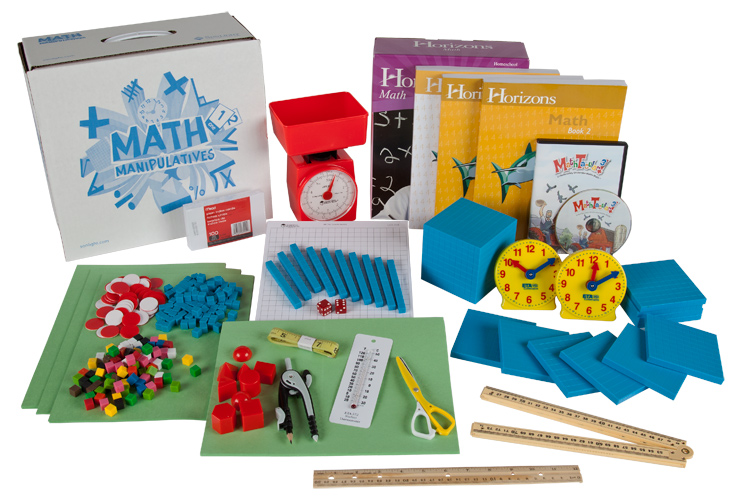
Pros
- Workbook style books similar to Abeka, however more colorful and catchy.
- Lessons are built into workbooks, so it doesn’t require much supplementary material.
- Easy to use for parents and students as it relies more on the review approach rather than drills.
Cons
- Less suitable for children requiring a hands-on approach and may require supplementary material in those regards.
- Reinforcement strategy can become overkill for children, leading to a dry learning environment.
Teaching Textbooks
Pros
- Complementary materials are included to make the task of parents easier. This includes software that aids in the delivery of lessons, grading, and monitoring your child’s progress.
- Visual and intellectual learners will love it.
- Students can follow software lessons and their textbooks side by side, which relieves parents of the burden of teaching.
Cons
- Does not start until grade 3, making it difficult to transition if your child was on some other curriculum previously.
- Requires computer and internet access. This may become difficult to manage if you have a large family and can become an expensive homeschool math curriculum.
Print samples before you buy
Hopefully, you’ve narrowed down your choices to a few. Awesome! You’re on the verge of making a decision. Go to the websites of your favorite services and print out some samples. It’s time to take a closer look at these. (Yes, you can print them.) You must experience how it would feel to hold a printed book in your hands. It’s worth wasting the paper, believe me.)
It’s time to use the emotional and creative sides of your brain instead of your rational side to determine what curriculum to use. To you left-brained thinkers like me, it might sound a little scary, but
it’s an important part of the process.
- Examine the table of contents, introduction, and any teacher notes. Is there a simple set of directions and guides in the book? Is it making you feel more confident in your teaching? How much time (and money) will it take you to collect supplies and get ready in order to teach? Is the layout simple and intuitive to use?
- Choose a complete lesson and read it thoroughly. When you read it, pay attention to how you feel. Are you ecstatic? Are you worried? Do you have a feeling of dread? Are you optimistic? And if a program checks all of the boxes, it will still not feel right. That’s something worth noting. If you don’t want to teach from this book, your child isn’t going to want to learn from it either.
- Assume you have to teach this lesson the next day. Consider collecting the necessary materials, sitting down with your child, and teaching the lesson. How long do you believe it would take? Do you have that kind of time on your hands? If not, where are you going to look for it? It’s tempting to believe that things will be better next year, but this is seldom the case.
- Assume your child is working on this assignment. Does the overall lesson progression feel like it corresponds to your child’s thinking style? Will he find the events fascinating and enjoyable? Will he object to the amount of written work required? Do you think he’ll find the workbook’s layout appealing or confusing?
Don’t Look for Perfection
Sorry for the CAPS, but THERE IS NO PERFECT HOMESCHOOL PLAN. No one is perfect, just like no one is perfect as a parent or an infant. It’s okay if you make a mistake while purchasing homeschool math curriculum.
Learn from your mistakes and try again the next year. You can only make the best decision possible based on the knowledge you have right now.
In closing, your passion for teaching your child is the most important. Having a dedicated, attentive, and compassionate teacher is critical for your child’s math success than the curriculum you purchase.
Happy Homeschooling!
FAQs
Consider the following factors when searching for a math curriculum:
1) Teaching methodology–Tailor a teaching methodology that caters to your child’s learning capabilities. It should incorporate methods to account for how children think while they mature.
2) Teaching approach–An approach to how math is taught should be considered when selecting a math curriculum. The approach your curriculum follows may teach mathematical concepts incrementally until a student has gained sufficient acumen in that topic. Alternatively, it may rely on revision and repetitiveness to teach concepts concurrently.
3) Learning outcomes–Understand the learning outcomes of the syllabus and the preparation that comes with it. This can become highly intensive, especially at higher grades and can become challenging when you’re trying to manage other home duties.
1) Abeka
2) Primary Mathematics
3) Horizon’s Math
4) Teaching Textbooks
You can supplement your math curriculum with the following activities:
1) Play math games–They are a creative way to learn/master concepts. Board games, online games and more are great edutainment.
2) Incorporate real-life activities–With activities like baking and gardening, teaching measurement math becomes fun instead of a task.
3) Create a math-decor rich environment–Bulletin boards and posters with bright colors are a creative way to convey math concepts
